Sigma C 17 mm f/4 DG DN – first impressions and sample images
3. Several words about optical properties and autofocus
Image quality
Our sample shots show clearly that you can enjoy good image quality even at the maximum relative aperture. At the same time it seems that images are completely useful even on the edge of full frame. Of course we find out if it is really true only after our full test of the final specimen of this lens.Chromatic aberration
It would be difficult to expect noticeable problems with longitudinal chromatic aberration with such a combination of angle of view and aperture. The photo below proves that indeed, there are no such problems at all.
| A7R III, f/4.0 |
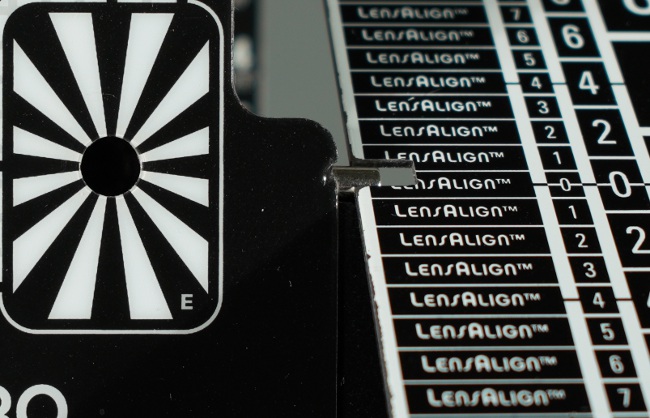 |
Distortion
In the Contemporary series distortion correction is usually left to the software of a camera to deal with and, with such a wide angle of view, we expected here really huge barrel deformations.
The reality check proved to be not so bad after all. Distortion keeps a level of about -5.5% so is distinct but, taking into account the angle of view and the basic ideas behind the C series, you can consider it to be quite alright.
Please Support UsIf you enjoy our reviews and articles, and you want us to continue our work please, support our website by donating through PayPal. The funds are going to be used for paying our editorial team, renting servers, and equipping our testing studio; only that way we will be able to continue providing you interesting content for free. |
- - - - - - - - - - - - - - - - - - - - - - - - - - - - - - - - - - - - - - - - - - - - - - - -
| Sony A7R III, 17 mm, JPEG | |||
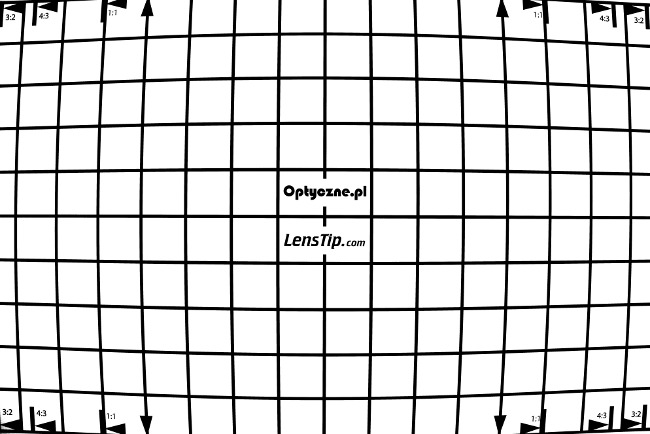 |
|||
Vignetting
Small physical dimensions of the lens, its ultra-wide angle of view and the mirrorless FE mount didn't bode well for vignetting performance. Indeed it is huge, reaching about 67% (-3.2 EV) at the maximum relative aperture, and by f/5.6 it decreases to near 62% (-2.8 EV).
| A7R III, FF, f/4.0 | A7R III, FF, f/5.6 |

|

|
Flares
With such parameters as these offered by the new Sigma it would be very difficult to guarantee a perfect performance against bright light. The lens fares moderately well in this category – its performance is far from ideal but ghosting and flares don't appear very often and when they do, they are not that intensive. What's more, there is no distinct contrast loss. You can say the Sigma got through this tricky category without any big slip-up.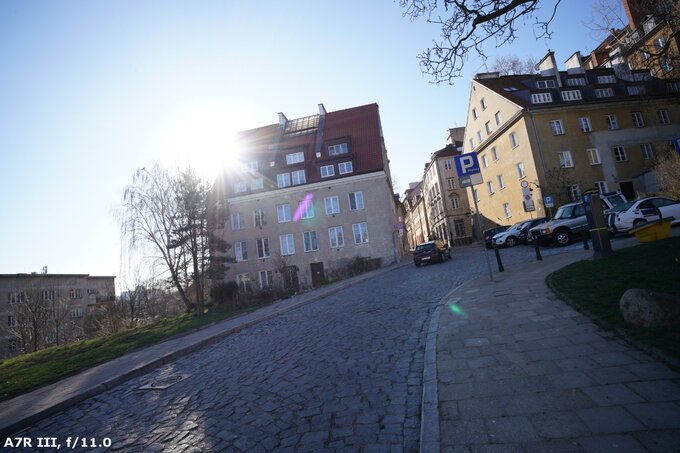 |
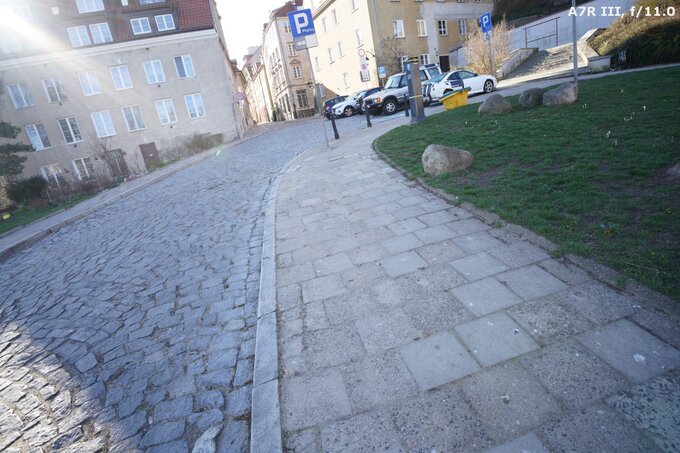 |
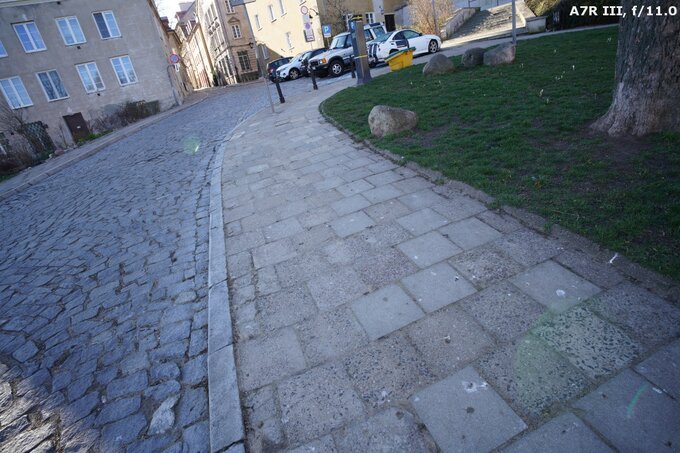 |
Autofocus
With a combination of the 17 mm focal length and f/4.0 aperture the Sigma could have been easily a completely manual lens. As it is, its autofocus motor is nothing more than a nice addition. Still, that addition, joined with the Sony A7R III, didn't make itself bothersome, quite the opposite in fact. Its performance is noiseless and flash-quick. Running through the whole distance range and confirming the focus took about 0.3 of a second, an excellent result.What's more, while taking sample shots we didn't notice any problems with accuracy.






